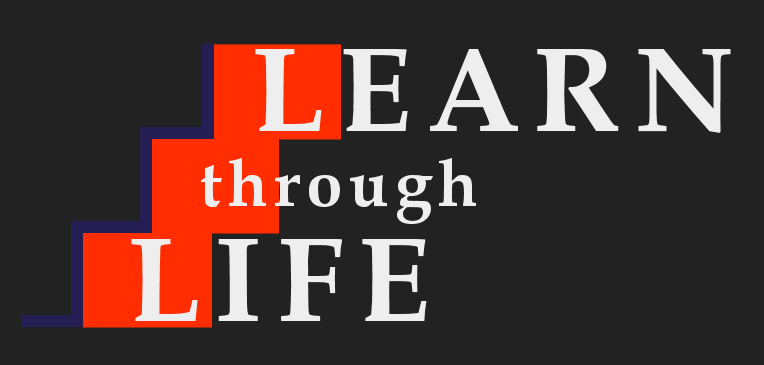Why I created this site:
After my father retired from a 30-year career as a Professor of Education, he wrote an Educational Psychology textbook, I decided to transform the textbook into a non-fiction book, and it was published. This book is intended to be used by high schools because it focuses on instructing to adolescent learners who have a similar learning style as adult learners. There were no books currently on the market that emphasized this point that adolescent learners learn more like adults instead of children.
However, I realized that this adult-style, individualized learning should continue throughout the life of the individual, whereas currently most adults are only continuing to learn in a school environment. For the most part, adults will need to learn how to self-direct their own learning because they cannot or will not be able to always attend classes. When a teacher is not there to help, learning can often become inefficient, not retained, or lead to information overload, but adults can learn to self-direct their own learning. When adults learn, there must be consideration for:
- the learner’s varying background and cultural differences.
- ways to promote learning methods that are more active (e.g. games, simulations) instead of only passive (e.g. lectures, reading), and also to ensure that the learning is applied to real world purposes.
- Emphasizing that the new learning promotes intrinsic motivation instead of only extrinsic motivation, in order to sustain the needed focus and drive of adults.
‘After completing the book which explained how many educational apps could be utilized by adolescents to promote an adult-style, individualized learning in high school, I realized that they could also be utilized by the public. So, this site can be used for high schools (and even all schools), but it can also be used by everyone. There is a great need in the information age to learn throughout life. While formal classroom learning will always be a necessity, self-directed learning through educational apps can also take on a much-needed role for “up skilling”.
Although it may seem difficult to choose individual apps for learning, there are only 2 primary considerations:
- What is the specific content that is needed?
- What is the academic level where a person is currently residing?
Once these two considerations are determined, it is possible to self-direct learning. For example, suppose a person is interested in programming, but is a little apprehensive about signing up for a full-college program. That person could complete an educational technology app in robotics and coding to see how they liked it. Most educational apps are designed for K – 12 levels, so a person can start at the level that is most appropriate for them and then work their way up. It is just necessary to look under the STEM/Robotics category in the Ed Tech Directory.
Did you know that some Silicon Valley companies, such as Facebook and Google, are hiring people without a college degree? These people are self-taught. Others who could benefit from this site include homeschooling parents or to supplement traditional learning. Perhaps a child has a special aptitude or interest. Standard curriculum can be supplemented with additional software. Many apps can be started at the grade school level and continued to the high school level. Badges and certificates are often available after completion, and students will be ready for college classes at this level.
I hope you find this site useful.
Engage…
Please feel free to contact Chris with any feedback, ideas, insights, or thoughts about lifelong learning.
